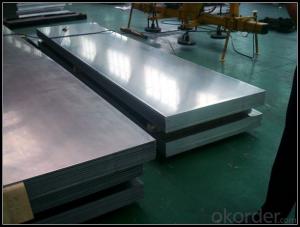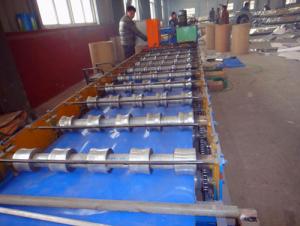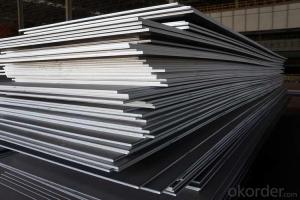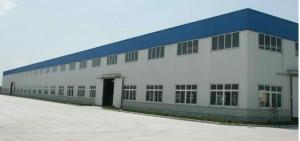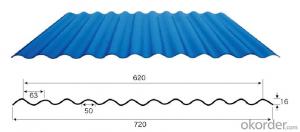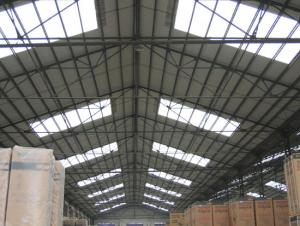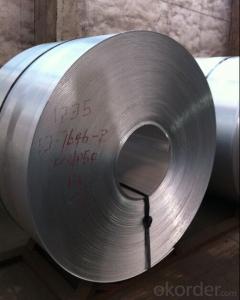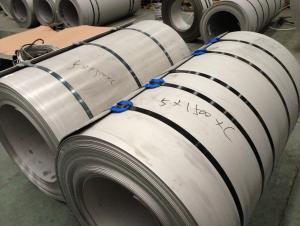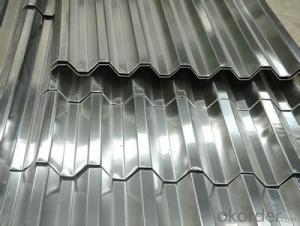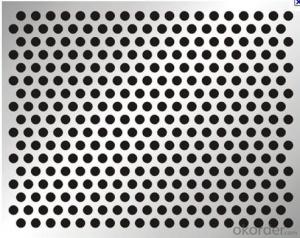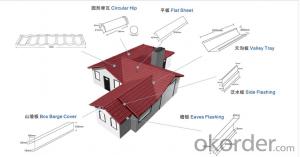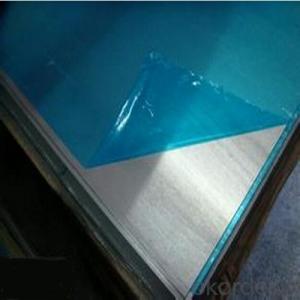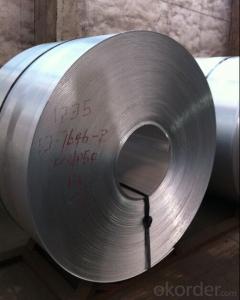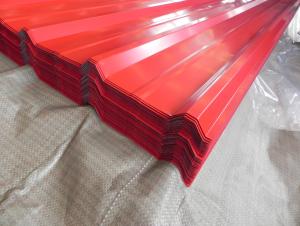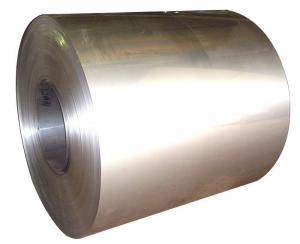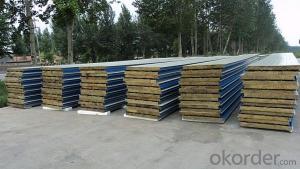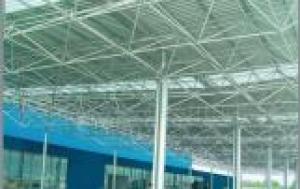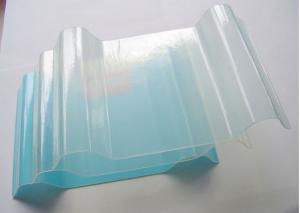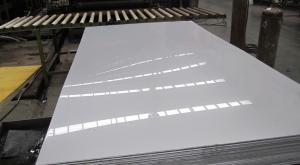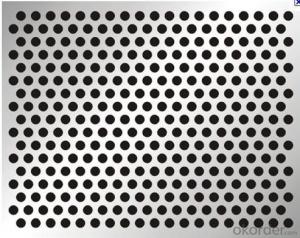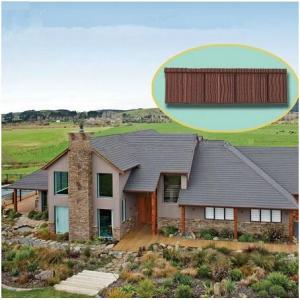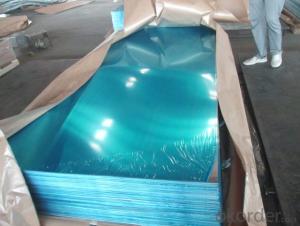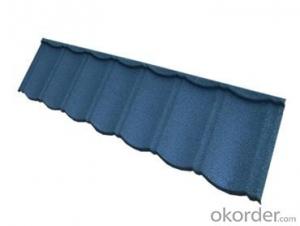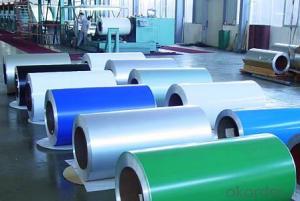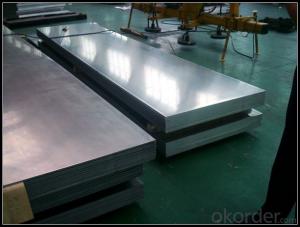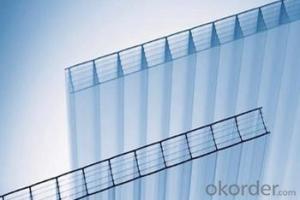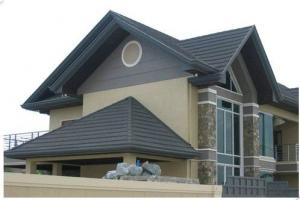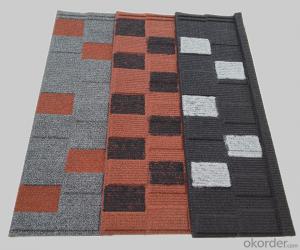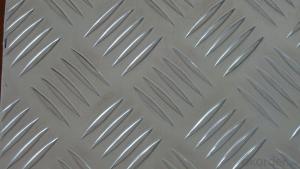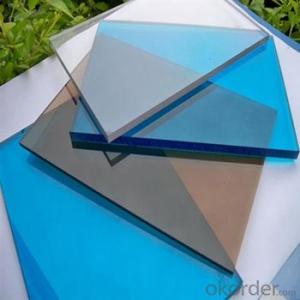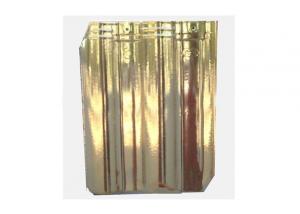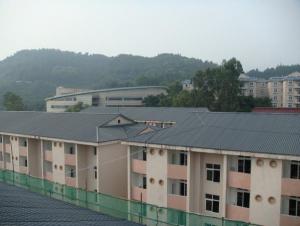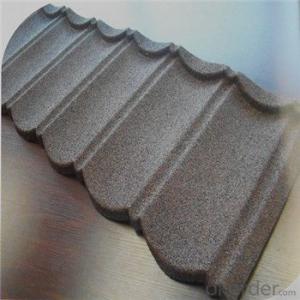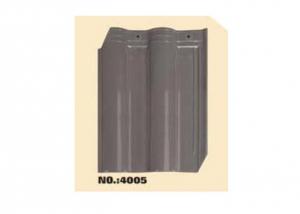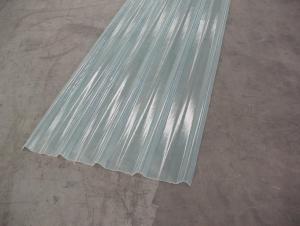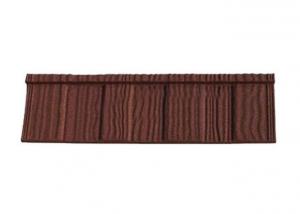Roofing Sheets In Chennai
Roofing Sheets In Chennai Related Searches
House Roof Sheets Colour Roofing Sheet Roofing Sheets Manufacturers In Gujarat Roofing Plywood Sheets Pp Roofing Sheets Buy Roofing Sheets Online Pvc Roofing Sheets Price India Green Plastic Roofing Sheets Upvc Roofing Sheet Manufacturer In India Corrugated Shed Roof Sheets Coroline Roofing Sheets Imitation Slate Roofing Sheets Pvc Roofing Sheets Price Transparent Roofing Sheets In Sri Lanka Fiber Sheet For Roof 3 Inch Corrugated Roof Sheets Sheet Metal Roofing Prices Corrugated Felt Roof Sheets Plastic Coated Steel Roofing Sheets Clear Perspex Roofing Sheets Transparent Roofing Sheets Sri Lanka Fitting Corrugated Plastic Roofing Sheets Fitting Polycarbonate Roofing Sheets Rhino Roofing Sheet Prices Shake Roofing Materials Polycarbonate Sheet Roofing Heat Resistant Insulation Sheets Roof Window Shades Clear Corrugated Perspex Roofing Sheets Fiber Roofing Sheets Price In PakistanRoofing Sheets In Chennai Supplier & Manufacturer from China
Roofing Sheets In Chennai are a popular choice for construction projects in the region, offering a wide range of products such as corrugated metal sheets, clay tiles, and asphalt shingles. These roofing materials are designed to provide durability, weather resistance, and energy efficiency for various types of buildings.Roofing Sheets In Chennai are widely used in residential, commercial, and industrial buildings, offering a variety of options to suit different architectural styles and budgets. They are particularly popular in areas with heavy rainfall and high temperatures, as they provide excellent protection against water seepage and heat absorption. The versatility of these roofing sheets allows them to be used in a range of applications, from traditional homes to modern office buildings.
Okorder.com is a leading wholesale supplier of Roofing Sheets In Chennai, boasting a large inventory of high-quality products to cater to the diverse needs of customers. They offer competitive prices and reliable service, ensuring that clients receive the best value for their investment. By partnering with Okorder.com, customers can access a comprehensive selection of Roofing Sheets In Chennai, ensuring that they find the perfect solution for their construction projects.
Hot Products

